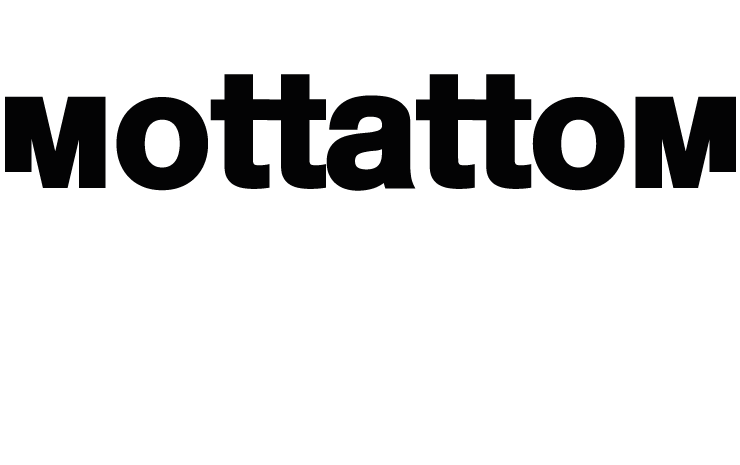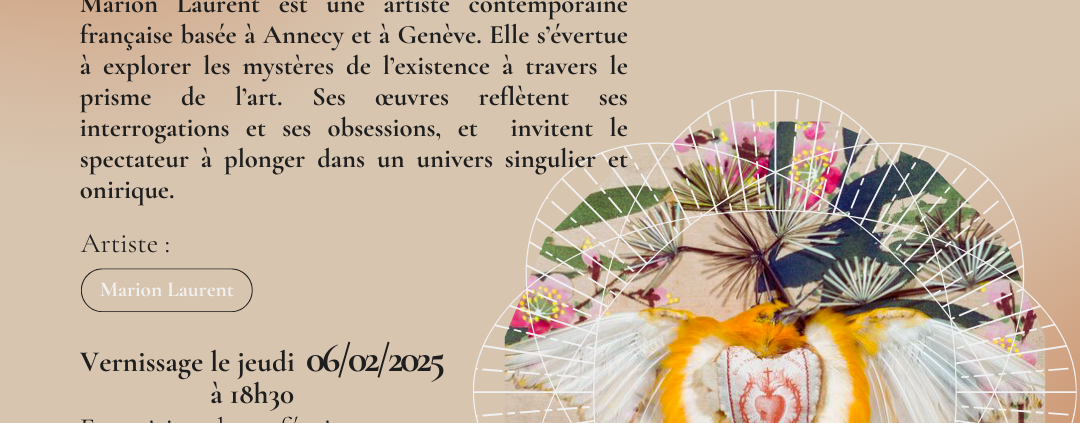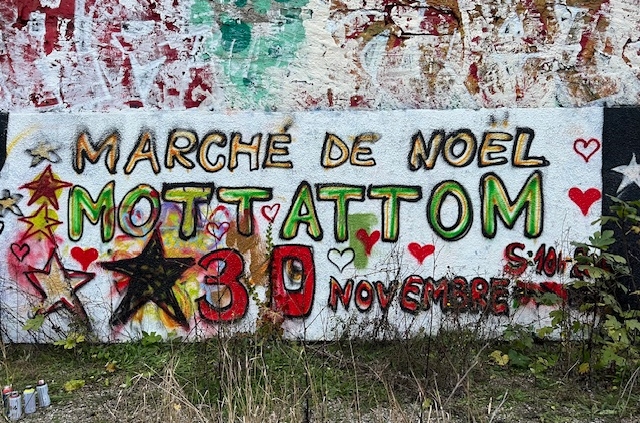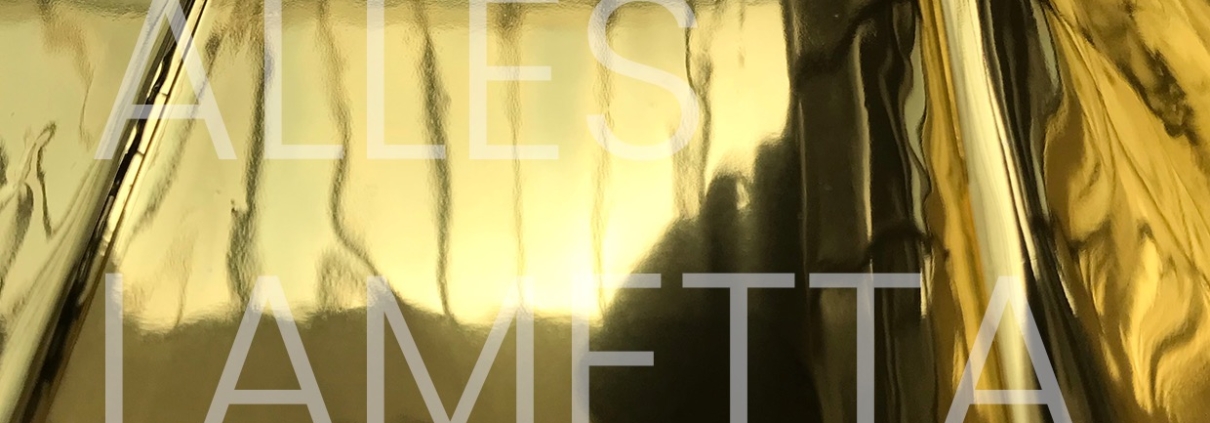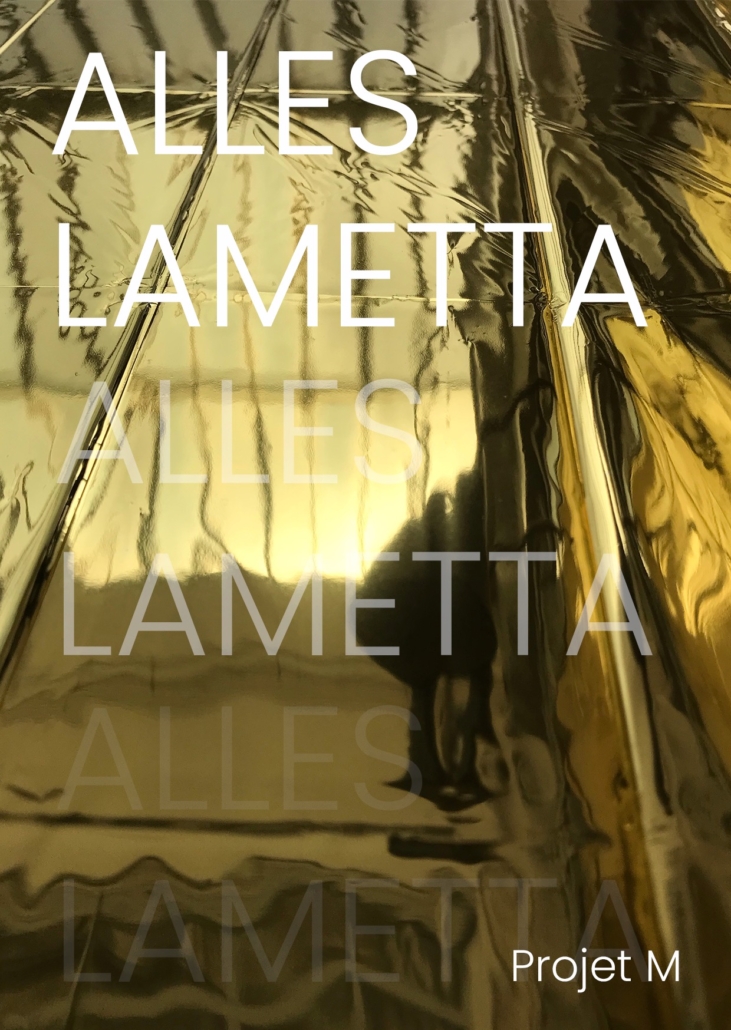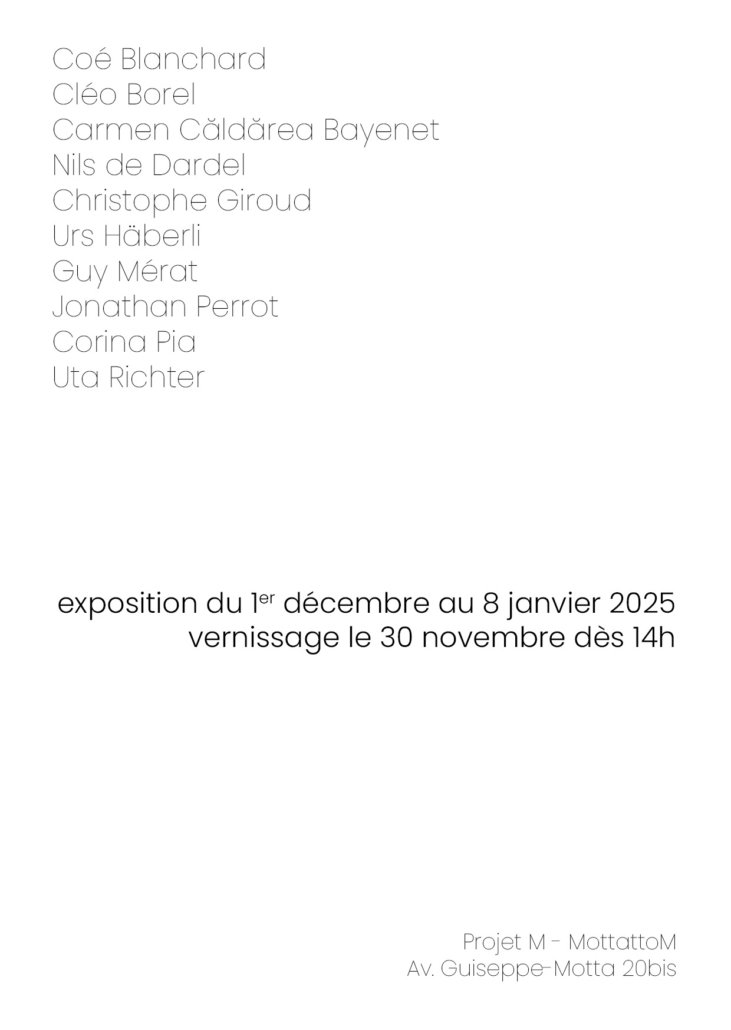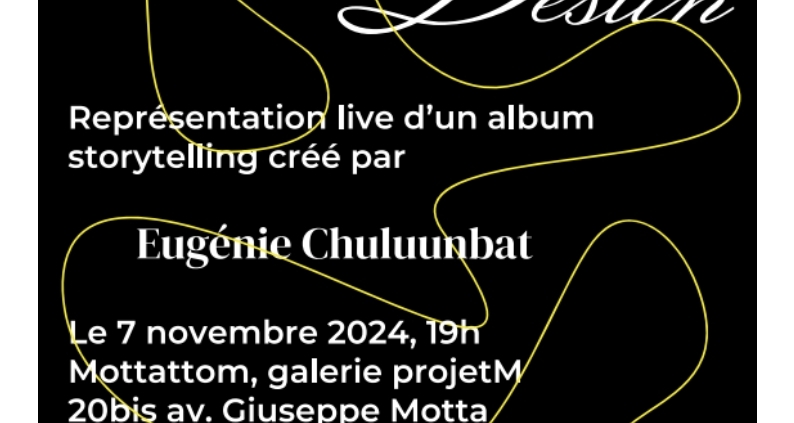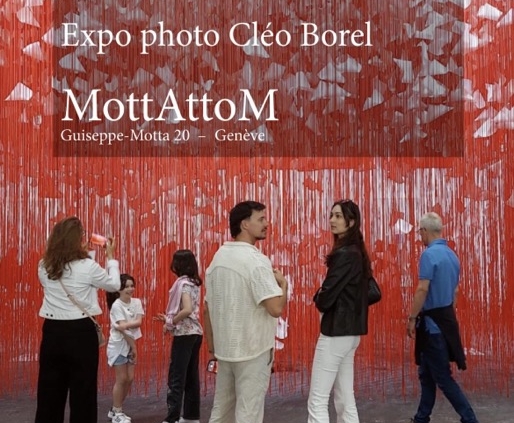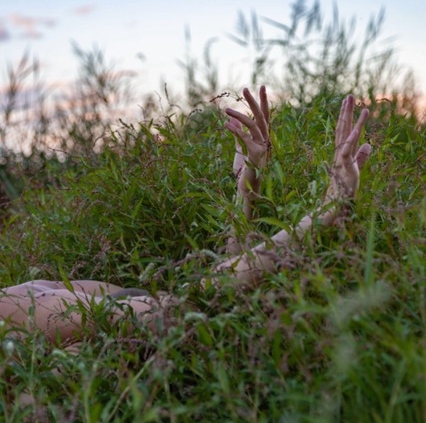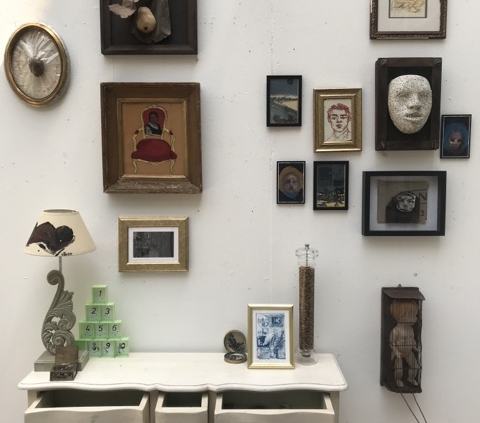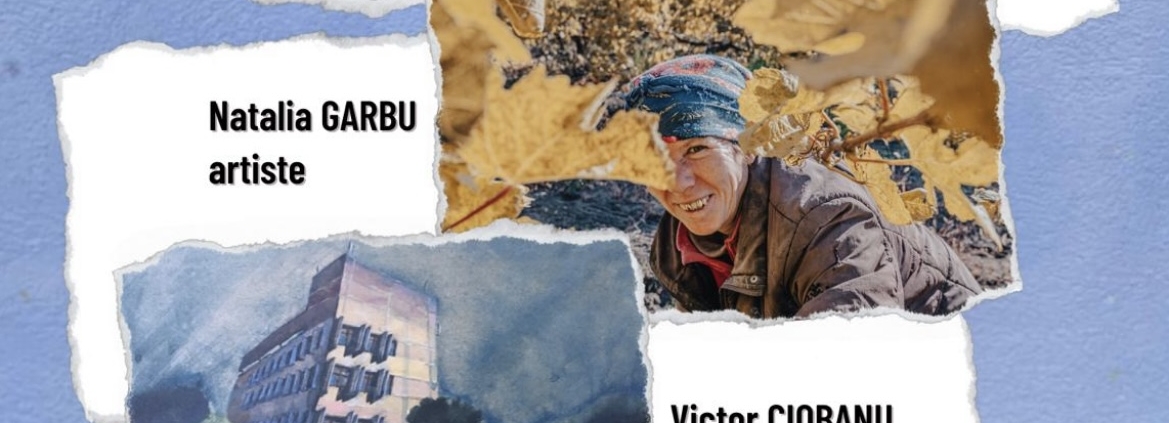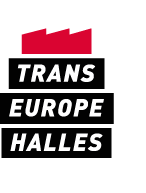ALIX GOLAY
En quête de symbiose propose une allégorie sur les rapports entre nature
et humain dans notre société de consommation. Ce projet repose sur le constat que
l’humain puise les ressources de la nature sans penser plus loin que son besoin immédiat.
Sera-t-il si vorace qu’il les exploitera tel un parasite, quitte à épuiser son environnement
jusqu’à s’en donner la mort ? Selon moi, le manque de préoccupation et de sensibilité
envers le vivant est une des causes de notre possible future perte. C’est pourquoi j’ai
voulu représenter une idée de la symbiose à travers un dialogue entre l’humain et
l’environnement.
Ces grands espace de nature, prennent une place impressionnante face à l’être, presque
écrasante. Ils sont autant des refuges que des menaces. Y faire des images me ramène à
un jeu de pouvoir où le parasite fais face à un milieu qui n’est plus le sien et qui le
domine. C’est une confrontation passive lors de laquelle le dominant est forcé à une
forme de soumission et d’adaptation. C’est pourquoi, à travers ce travail, je vous
interroge sur votre lien à la nature et au paysage. J’aimerais aussi simplement vous
apporter une pause dans la rudesse du quotidien, transmettre de la douceur et de la
bienveillance.
Cette exposition complète mon projet de diplôme en photographie Entre parasite et
symbiose, que vous trouverez sous forme d’édition fabriquée à la main.
